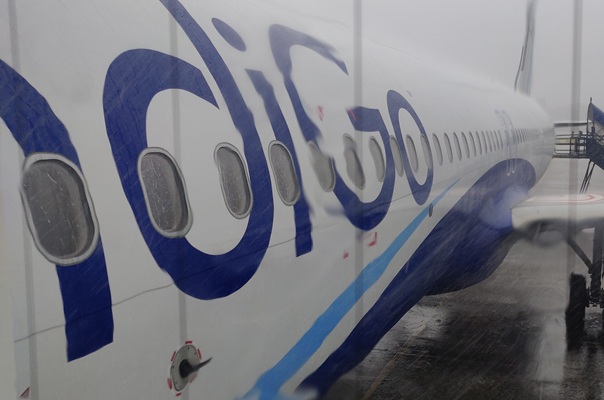.png)
June 30, 2025 at 2:35 PM IST
Indian banks have reported record-low levels of gross and net non-performing assets yet the underlying data suggest that this improvement hinges more on accounting write-offs than on meaningful recoveries.
The gross NPA ratio for scheduled commercial banks declined to a multi-decadal low of 2.3% in 2024–25, while the net NPA ratio dropped to just 0.5%, RBI's Financial Stability Report released today showed. This improvement in asset quality was accompanied by a stable half-yearly slippage ratio of 0.7%, indicating no major fresh stress in standard loan portfolios. However, disaggregated data reveal that write-offs--rather than recoveries--remain the primary tool for NPA reduction.
The RBI report said the write-off to gross NPA ratio rose in 2024–25 to 31.8% from 29.5% a year earlier. This increase was driven largely by private banks and foreign banks, while public sector banks saw only a marginal decline in their write-off intensity. The persistent reliance on write-offs reflects subdued recoveries, especially in segments like unsecured retail loans, where slippages remain elevated.
Among bank groups, private banks have seen the sharpest stress in unsecured retail lending. Fresh slippages in this category accounted for a significant portion of new NPAs, and these were frequently neutralised through aggressive write-offs. This approach, while effective in improving headline asset quality ratios, does little to enhance underlying credit discipline or actual recoveries.
Even as asset quality ratios improve, provisioning metrics show slight weakening. The provisioning coverage ratio of scheduled commercial banks declined marginally to 76.3% in March 2025, down from September 2024 levels, the Report showed. This trend may limit the buffer available for future losses if macroeconomic risks materialise.
Banks’ profitability has held up strongly, helped in part by the write-off-driven clean-up of balance sheets. scheduled commercial banks posted a 16.9% year-on-year increase in profit after tax in 2024–25. PSU banks led this growth with a 31.8% surge in PAT, driven by higher non-interest income. In contrast, private banks reported slower PAT growth of 9.2%, constrained by rising operating expenses.
RBI’s macro stress tests suggest that scheduled commercial banks are well-capitalised to withstand potential shocks, with capital levels staying above regulatory thresholds even in adverse scenarios. Still, near-term risks—including global geopolitical tensions, trade disruptions, and capital outflows—could test the resilience of the sector.
While India’s banks appear stronger on paper, the durability of these gains hinges on improving actual recovery mechanisms.



